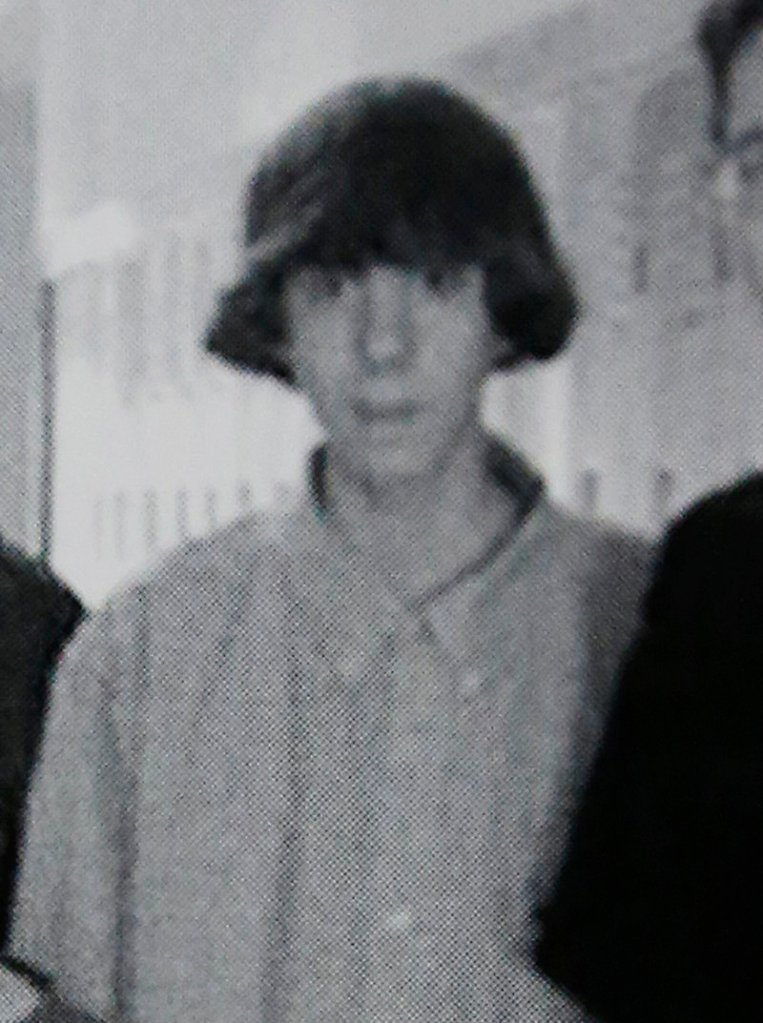SOUTHBURY, Conn. – At Newtown High School, Adam Lanza had trouble relating to fellow students and teachers, but that was only part of his problem. He seemed not to feel physical or emotional pain.
Richard Novia, the school district’s head of security until 2008, who also served as adviser for the school technology club, said Lanza clearly “had some disabilities.”
“If that boy would’ve burned himself, he would not have known it or felt it physically,” Novia told The Associated Press in a phone interview. “It was my job to pay close attention to that.”
Novia was responsible for monitoring students as they used soldering tools and other potentially dangerous electrical equipment.
He recalled meeting with school guidance counselors, administrators and with the boy’s mother, Nancy Lanza, to understand his problems and find ways to ensure his safety. But there were others crises only a mother could try to resolve.
“He would have an episode, and she’d have to return or come to the high school and deal with it,” Novia said, describing how the young man would sometimes withdraw completely “from whatever he was supposed to be doing,” whether it was sitting in class or reading a book.
Adam Lanza “could take flight, which I think was the big issue, and it wasn’t a rebellious or defiant thing,” Novia said. “It was withdrawal.”
Authorities on Saturday continued a wide-ranging investigation into the second-deadliest school shooting in U.S. history, trying to understand what led the young man to kill his mother in their home and then slaughter 26 children and adults at a Connecticut elementary school before taking his own life.
Back in their teenage years, Adam and his older brother, Ryan, were both members of the tech club, which offered students a chance to work on computers, videotape school events and produce public-access broadcasts.
It was popular among socially awkward students. But Adam, while clearly smart, had problems that went beyond an adolescent lack of social skills, Novia said.
“You had yourself a very scared young boy, who was very nervous around people he could trust or he refused to speak with,” Novia said.
The club provided a setting for students to build lasting friendships. But while other members were acquainted with Adam, none was close to him.
“Have you found his best friend? Have you found a friend?” Novia asked. “You’re not going to. He was a loner.”
When people approached him in the hallways, he would press himself against the wall or walk in a different direction, clutching tight to his black case.
“The behavior would be more like an 8-year-old who refuses to give up his teddy bear,” Novia said.
Send questions/comments to the editors.



Success. Please wait for the page to reload. If the page does not reload within 5 seconds, please refresh the page.
Enter your email and password to access comments.
Hi, to comment on stories you must . This profile is in addition to your subscription and website login.
Already have a commenting profile? .
Invalid username/password.
Please check your email to confirm and complete your registration.
Only subscribers are eligible to post comments. Please subscribe or login first for digital access. Here’s why.
Use the form below to reset your password. When you've submitted your account email, we will send an email with a reset code.